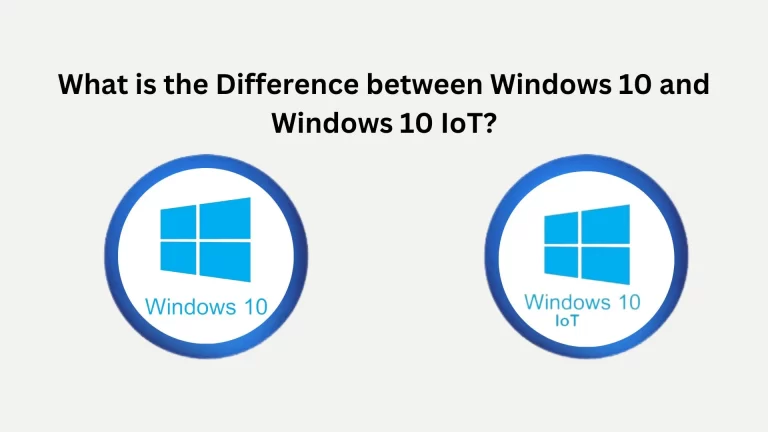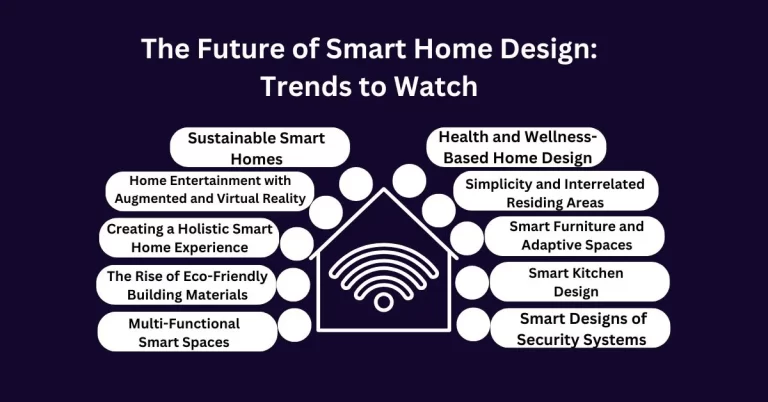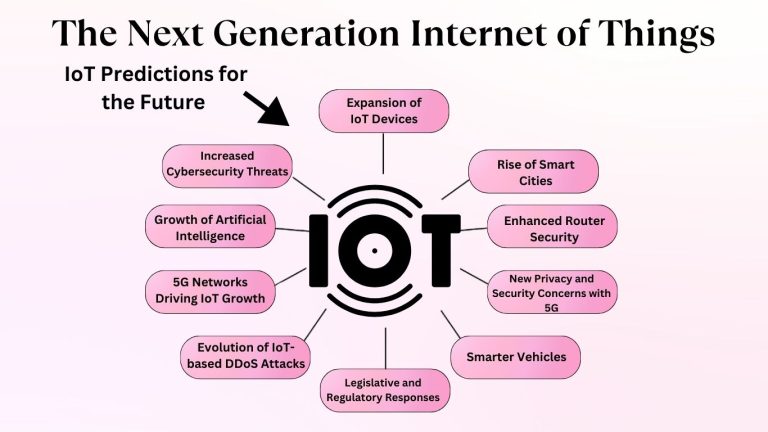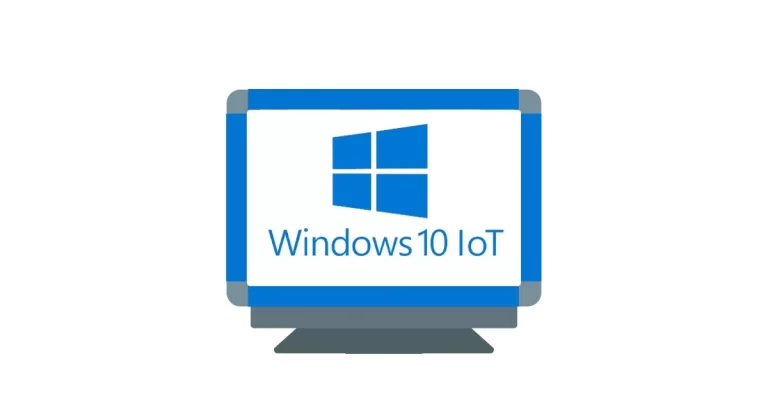Choosing the Best IoT Smart Home Ecosystem
Smart homes are no longer exclusive to only the most affluent individuals. Home Automation is gradually becoming cheap and feasible for people all over the world who are interested in technology and want to make their lives easier.
It has become cost-effective and eco-friendly with higher returns in terms of cost and time-saving. Here a question arises, where do you need to begin with? To begin with, you will need to choose your smart home platform or IoT smart home ecosystem. Selecting the right smart home ecosystem is a big deal because all your hardware will be connected to it.
Smart home systems are interrelated systems of technology, mainly IoT-based that offer the residents extreme autonomy over some of the aspects of the house including power usage, security, lighting, and entertainment. The use of smart home systems has become popular because of the convenience, effectiveness and security that come with the systems. The use of smart homes is the next logical step towards a more convenient, comfortable, and secure lifestyle as society gradually shifts towards the use of technology to solve problems.
Best and Leading IoT Smart Home Ecosystems in single Picture
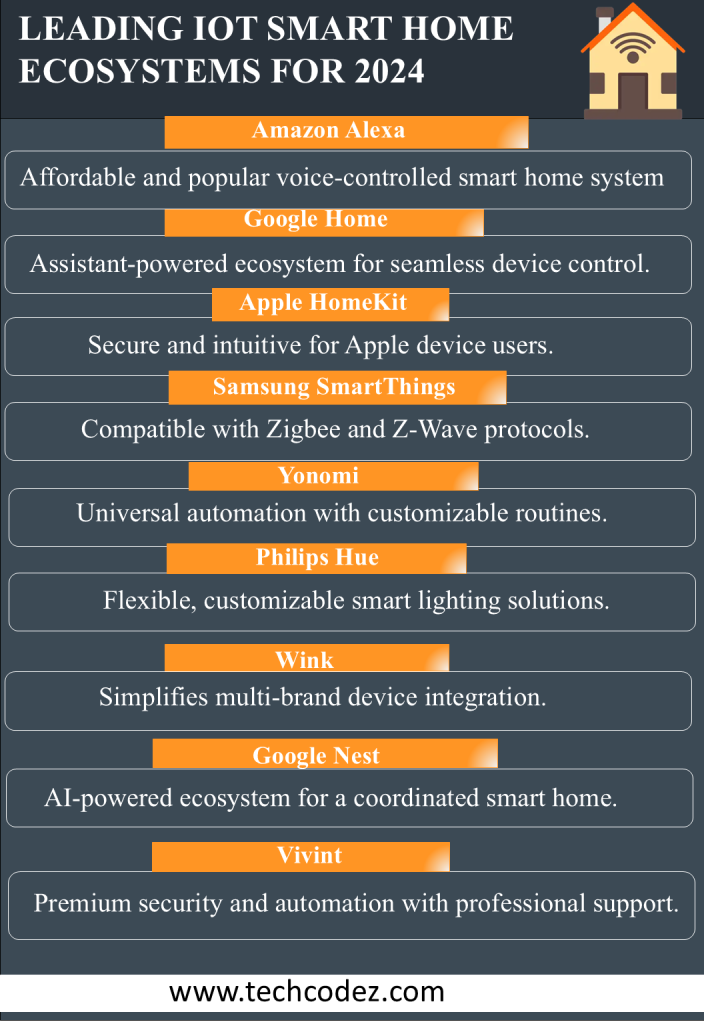
Best and Leading IoT Smart Home Ecosystems
1. Amazon Alexa
Amazon’s Alexa is popular, and relatively inexpensive, and is currently the most popular well-known voice-controlled smart home automation system. Alexa works with Amazon’s Echo line and other smart speakers. It performs tasks ranging from playing music and news to controlling lights and appliances via smart switches. The extensive Alexa ecosystem includes a range of compatible devices, such as the Ecobee4 thermostat, Fire TV products, and smart lighting systems. Some have Alexa integration while others are smart and can be operated through voice commands from another device.
Alexa interacts with these devices by recognizing and controlling them after the right skill has been commenced. Amazon Alexa is at 1 Position in our Leading IoT Smart Home Ecosystems list
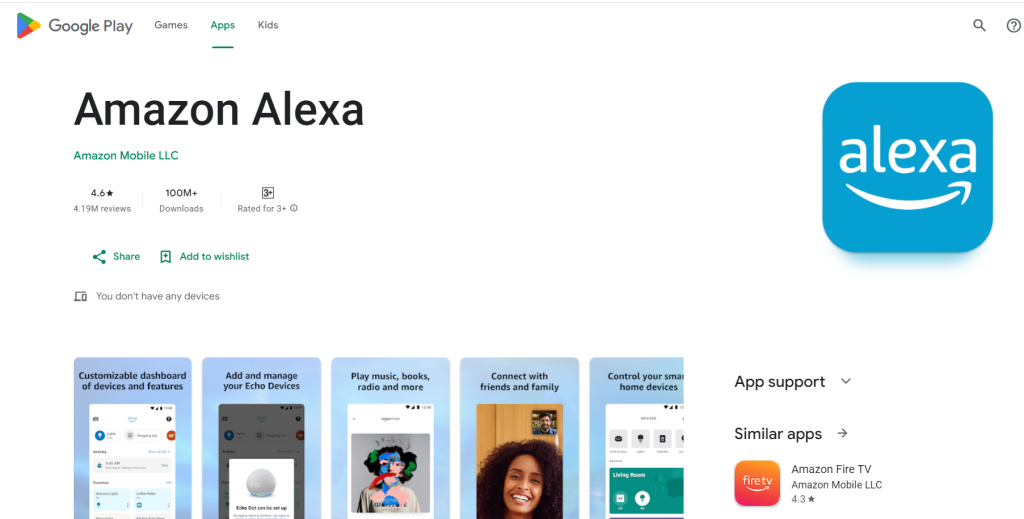
Leading IoT Smart Home Ecosystems
1 – Amazon Alexa APP
Amazon Alexa is at 1 Position in our Leading IoT Smart Home Ecosystems list
2. Google Home
Just like Alexa, Google Assistant is available through Google Home and other speakers powered by the Assistant provides a full-fledged, voice-controlled smart home experience.
It is accessible on all Android devices, Google Assistant can play music, provide news, answer calls, send messages, and manage smart home devices. Google’s strategy is to have devices with the Assistant integrated into them and others that can be managed by it. It is now built into Androids, which controls 80% of the smartphone market, making it a popular virtual assistant. The Assistant is compatible with the “Google Home” application on Android or iOS devices and makes it easy to add new devices through a setup process within the application.
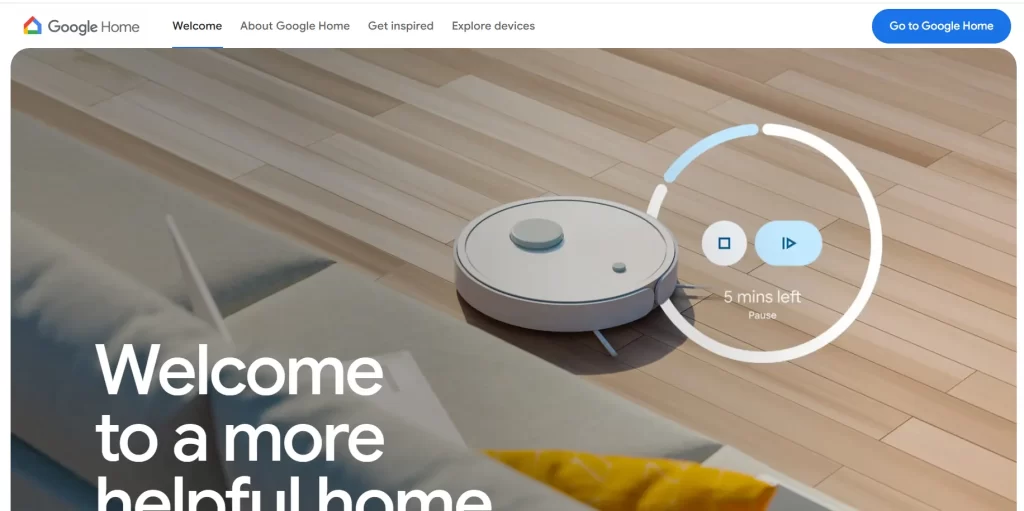
Leading IoT Smart Home Ecosystems
2 – Google Home
Google Home is at 2 Position in our Leading IoT Smart Home Ecosystems list
3. Apple HomeKit
This is a powerful technology that aims at offering safe means of managing home systems including lighting, locks, thermostats, and more through Apple devices including iPhone, iPad, Mac and Apple Watch.
HomeKit connects smart home devices that support it through its central hub, the Home application so that they can operate in harmony.
It also allows controls from any iOS, iPadOS, or macOS device and includes support for Siri, allowing voice control for things like changing the temperature or toggling lights on or off. Products that are compatible with HomeKit have a “Works with HomeKit” logo to guarantee the security of the connected products within Apple’s ecosystem.
Leading IoT Smart Home Ecosystems
3 – Apple HomeKit
Apple Homekit is at 3 Position in our Leading IoT Smart Home Ecosystems list
HomeKit comprises two key components:
A protocol that makes devices meet high-security standards, and the Home app through which users interface their Apple devices. The Home app itself is organized into three main sections: “Home” for displaying devices, “Rooms” for grouping devices by location, and “Automation” for setting custom behaviors. While fewer devices can integrate with HomeKit than with Alexa or Google Assistant, Apple is adding more partners, the latest being support for some Samsung, LG, Sony, and Vizio TVs, and others.
4. Samsung SmartThings
It is Samsung’s smart home hub that has transitioned from hardware to software, compatible with a wide variety of smart devices. The SmartThings Hub, currently made by Aeotec, is compatible with both Zigbee and Z-Wave protocols, allowing it to connect with devices made by other companies in addition to Samsung’s own SmartThings line.
Samsung has a vast range of products, including TVs, smartphones, and more, and SmartThings provides good compatibility with most of them, this means that consumers have a lot of options to choose from.
SmartThings also offers a mobile app for controlling each device separately, or by organizing them by rooms, creating a comprehensive smart home hub. SmartThings works by making different devices/gadgets communicate and act in harmony; for example, when using a Yale smart lock to get home, it is possible to have a Philips Hue bulb turn on automatically.
This may take a little time to set up initially but it is very stable and compatible with a wide array of devices making it a key player in the Matter smart home ecosystem.
Leading IoT Smart Home Ecosystems
4 – Samsung SmartThings
Samsung Smartthings is at 4 Position in our Leading IoT Smart Home Ecosystems list
5. Yonomi
Yonomi is application-based and it is designed to work with routines on a wide range of smart home devices while also integrating with existing technologies. Like IFTTT but more focused on home automation, Yonomi offers a wide range of settings and options for management that are not offered by such systems as HomeKit, Alexa, or Google Assistant. It works as a virtual button on a smartphone; the user can create routines; for example, in dinner party mode where music is played on “Sonos” speakers, lights are turned down, and the temperature is lowered or events that happen at a certain time or place.
Yonomi is compatible with voice assistants like Siri, Alexa, and Google Assistant, expanding the possibilities for voice command integration. Some of the supported devices include Logitech, Sonos, Philips Hue, Lutron, Nest, Ecobee, TP-Link, Netatmo, August and many others making Yonomi a universal solution for users who wish to integrate all their smart devices into a single automation platform.
Leading IoT Smart Home Ecosystems
5 – Yonomi
Yonomi is at 5 Position in our Leading IoT Smart Home Ecosystems list
6. Philips Hue
Smart lighting is provided by Philips Hue which is one of the most popular and leading companies in the industry and has an impressive list of products which include smart bulbs, light strips, lamps, and fixtures. Flexible and simple to install and integrate with other smart home systems, it offers consumers a customizable lighting experience. This platform allows for unique lighting schemes and schedules and is well loved by both the advanced smart home user and the beginner.
Leading IoT Smart Home Ecosystems
6 – Philips Hue
Philips Hue is at 6 Position in our Leading IoT Smart Home Ecosystems list
7. Wink
Wink is a smart home hub that connects devices from different ecosystems into one platform for the control of home automation. This is famous for its compatibility and simplicity of the interface: the application allows controlling the devices of different manufacturers. Nevertheless, Wink has its problems in recent years such as its switch to a subscription service. Users need to make sure that the chosen smart home platform supports their favorite devices and features with a focus on its price.
Leading IoT Smart Home Ecosystems
7 – Wink
Wink is at 7 Position in our Leading IoT Smart Home Ecosystems list
8. Google Nest
Google Nest is a flagship brand in the smart home market and consists of multiple smart devices and all connected services to enhance the home experience. Google Assistant is at the core of the Nest ecosystem, an artificial intelligence voice controller for connected devices. It forms an integrated solution especially when the user is already within the Google environment and it has powerful integration for an intelligent and well-coordinated home environment.
Leading IoT Smart Home Ecosystems
8 – Google Nest
Google Nest is at 8 Position in our Leading IoT Smart Home Ecosystems list
9. Vivint
Vivint Smart Home is a comprehensive home security and automation company, which is best known for its professional installation and around-the-clock monitoring. As a premium full-service provider, Vivint incorporates a range of smart home devices into one system which can be controlled through an app. This service is appropriate for users who want to have a professionally installed, constantly maintained and monitored system with the touch of automation and very high-quality security solutions.
Smart home technology is transformative in how people engage with their homes as living spaces. The ecosystems presented in this article are leaders in this process, providing innovative solutions for all the users’ needs and preferences. With the enhancement of technology, the complexity and the number of smart home systems are expected to rise due to the growing customer preference. Smart home technology was a novelty that has evolved into a standard of the contemporary home, which adapts, personalizes, and integrates at a high level. This shift not only increases comfortable and convenient living but also redefines the concept of home living and indicates a promising prospect created by digital technology.
Leading IoT Smart Home Ecosystems
9 – Vivint
Vivint is at 9 Position in our Leading IoT Smart Home Ecosystems list
Comparison of Leading IoT Smart Home Ecosystems
Comparison of Leading IoT Smart Home Ecosystem on Bases of Features , pros , Cons below table
| Ecosystem | Key Features | Pros | Cons |
|---|---|---|---|
| Amazon Alexa | Voice control, wide compatibility, affordable | Affordable, versatile, wide device support | Limited security features |
| Google Nest | AI integration, Google Assistant core, smart automation | Seamless integration with Google services, powerful AI | Subscription costs for advanced features |
| Apple HomeKit | High security, Siri integration, seamless with Apple devices | Highly secure, easy for Apple users | Limited compatibility with non-Apple devices |
| Samsung SmartThings | Zigbee & Z-Wave support, flexible device integration | Compatible with many devices, stable and flexible | Complex initial setup |
| Yonomi | Routine automation, broad device support | Works with many devices, customizable routines | Requires advanced knowledge for optimal use |
| Philips Hue | Customizable lighting, flexible setup | Flexible and simple, great lighting customization | Focused on lighting, less versatility |
| Wink | Multi-brand integration, user-friendly interface | Easy to use, works across multiple platforms | Subscription model, recent reliability issues |
| Vivint | Professional installation, high-quality security | Comprehensive, excellent security and monitoring | Expensive, less DIY-friendly |
| Google Home | Full-fledged, voice-controlled smart home experience | Accessible across Android devices, easy setup | Limited compatibility with non-Google services |
Accessibility Features in IoT Smart Home Ecosystems
Accessibility Features in IoT Smart Home Ecosystems in Below Table
| Ecosystem | Accessibility Feature |
|---|---|
| Amazon Alexa | Voice-Controlled Systems |
| Google Nest | Voice-Controlled Systems , Integration with Assistive Devices |
| Apple HomeKit | Customizable Routines , Integration with Assistive Devices |
| Samsung SmartThings | Gesture-Based Controls |
| Yonomi | Customizable Routines |
| Philips Hue | Visual Notifications |
| Vivint | Emergency Features |
Choosing the Right IoT Smart Home Ecosystem
| Step | Description | Examples / Guidelines |
|---|---|---|
| Assess Current Devices | Check compatibility of existing devices with your chosen ecosystem. | Ensure smart bulbs, locks, or cameras work with Alexa, Google, or HomeKit. |
| Budget Considerations | Consider upfront costs, ongoing subscriptions, and device prices. | Compare subscription costs for Nest Aware, Alexa Premium, or Wink Hub. |
| Privacy & Security | Evaluate the security features of each platform to protect your data. | Apple HomeKit offers high security; Google Assistant is user-friendly. |
| Expandability | Choose systems that support future device additions and integrations. | Samsung SmartThings and Matter Protocol support wide integrations. |
FAQs
What is the smart home ecosystem?
A smart home ecosystem is a system of devices and services that are connected and able to interact with each other and a user, usually by using a voice command or a mobile application. These devices are integrated to create smart systems that perform tasks and increase the level of comfort and security in a house.
What should I consider when choosing a smart home platform?
These are compatibility with devices you already own, usability, customer support, privacy and security, and whether installation is do-it-yourself or not. Other considerations are budget and future expandability.
What should I consider when choosing a smart home platform?
These are compatibility with devices you already own, usability, customer support, privacy and security, and whether installation is do-it-yourself or not. Other considerations are budget and future expandability.
Which smart home ecosystems are popular?
Some of the leading smart home ecosystems are Amazon Alexa, Google Nest, Apple Home Kit, Samsung Smart Things, Yonomi, Wink and Philips Hue. Each has its special characteristics and supports various devices and brands.
Can I use devices from different brands within the same ecosystem?
Yes, most smart home ecosystems are open platforms but the compatibility is different from brand to brand. See what kind of platform it works with whether it says works with Alexa, Google Home, or any other platform you are planning to use.
Are smart home systems safe?
Most smart home systems have some form of security concerns such as data encryption and device authentication, but their security is not equal. Some platforms such as Apple HomeKit provide excellent standards for security while others only provide features that the users can opt for. Ensure that you are up to date with the most recent firmware of the device to favor the latest security patches.
How does Amazon Alexa differ from Google Assistant?
They are both voice assistants, but they are different in terms of functionality and compatibility with the ecosystem. Alexa can work with a great number of devices whereas, Google Assistant is better associated with Google services and Android gadgets. It has voice control plus automation options but the two are not the same in terms of capability.
Is HomeKit compatible with Apple devices?
Apple HomeKit mainly supports devices with the label “Works with HomeKit.” Although it is less compatible than other platforms, HomeKit is safe and is compatible with Apple devices such as iPhones, iPads, and Apple Watches.
Is a subscription required to use smart home ecosystems?
Wink has gone to the subscription model while Alexa and Google Assistant do not need subscriptions for basic services. However, some features such as video storage for instance Nest Aware for Google Nest may need a subscription
Is it possible to change the ecosystem once you have established a smart home environment?
Sometimes you may realize that certain devices may not be compatible or friendly with others when moving from one ecosystem to another. Some multi-touch devices can be switched but for a seamless uninterrupted or smooth change consider devices that operate in the new ecosystem before the change.
Which ecosystem is good for a beginner in a smart home?
Amazon Alexa and Google Nest are preferred for novices or beginners because of their compatibility and easy installation. Samsung SmartThings also has a fairly good level of flexibility but can be somewhat more difficult to set up.


